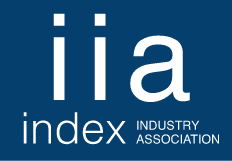A lack of transparency, standardised definitions and metrics were among the main points of friction in the further uptake of environmental, social and governance (ESG) investments, according to a survey conducted by the Index Industry Association (IIA).
The survey of 300 US and European asset managers, titled Measurable Impact: Asset Managers on the Challenges and Opportunities of ESG Investment, identified a lack of reliable corporate data about companies’ ESG data as a pervasive challenge to asset managers seeking out conscientious investments.
According to the IIA’s findings, 63% of respondents highlighted a lack of quantitative data as either a major or moderate inhibiting factor to their ESG implementation.
Furthermore, 64% of asset managers were concerned about insufficient transparency and corporate disclosure in relation to firms’ ESG activities.
At a fundamental level, the survey highlighted the problems with having varying ESG philosophies with 61% saying a lack of meaningful metrics were a major or moderate challenge while 58% of respondents complained about a lack of data standardisation.
Finally, 88% of fund and asset managers called for greater application of ESG across different asset classes.
Despite these areas for improvement, 84% of respondents said they trust index providers either a lot or somewhat to drive ESG innovation and standards in financial services.
Likewise, 85% of asset managers surveyed said ESG was a high priority for their companies, with the average allocation to ESG in their portfolios expected to rise to 43.6% in five years, up from 26.7% in 12 months’ time.
Rick Redding, CEO of the IIA, said better corporate data leads to better benchmarks, which allows asset managers to offer better products.
“The survey highlights that, while there is growing global demand for ESG investment products, a lack of standard corporate data reporting and the complex array of ESG reporting organisations leaves ESG investors wanting more clarity about the available investment products,” Redding concluded.
Further reading



